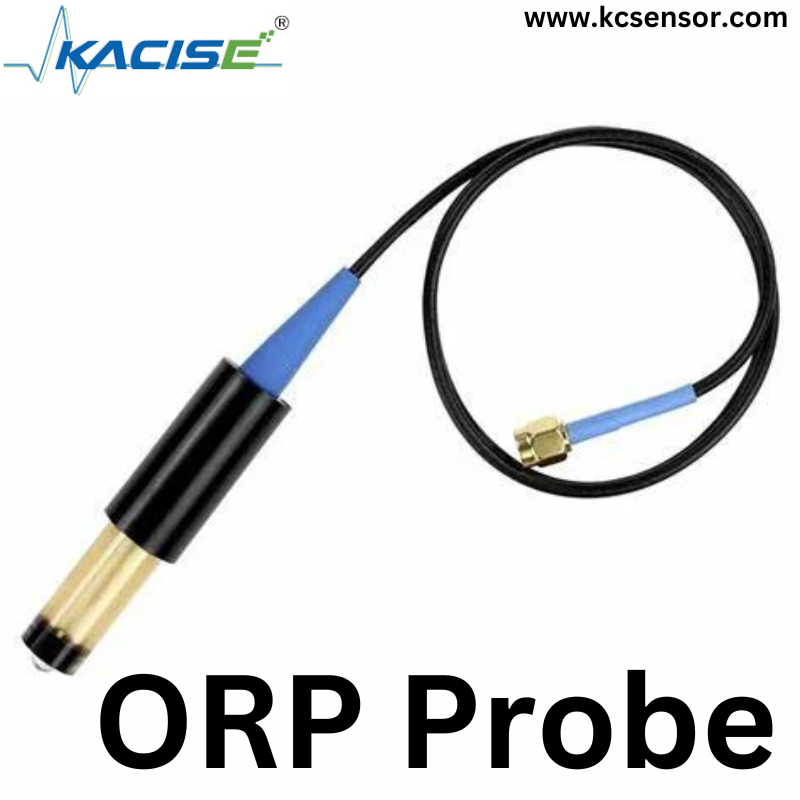
orp probe
In the realm of water quality testing, ORP (Oxidation-Reduction Potential) probes play a crucial role. They provide valuable insights into the chemical environment of a water sample by measuring the overall electrical potential related to oxidation and reduction reactions. This article delves into the functionality of ORP probes, their applications, and why they are essential for accurate water quality assessment.
What is an ORP Probe?
An ORP probe is a sophisticated instrument used to measure the Oxidation-Reduction Potential of a water sample. ORP is a measure of the ability of a solution to either gain or lose electrons, which is crucial in understanding the chemical state of the water. A positive ORP value indicates a tendency towards oxidation (electron loss), while a negative value suggests a tendency towards reduction (electron gain). This measurement provides an indirect way of assessing the presence and concentration of oxidizing or reducing agents in the water.
How Does an ORP Probe Work?
The operation of an ORP probe involves a sensor that consists of a reference electrode and a measuring electrode. The measuring electrode is usually made of noble metals like platinum or gold, which react with the oxidizing or reducing agents in the water. The reference electrode provides a stable reference potential. When the probe is immersed in the water, the potential difference between these two electrodes is measured and translated into an ORP value. This value helps in understanding the chemical reactions occurring in the water sample.
Applications of ORP Probes
ORP probes are versatile tools with a range of applications in various fields:
- Water Treatment: In municipal and industrial water treatment processes, ORP probes help monitor and control disinfection processes. They ensure that sufficient oxidizing agents, like chlorine or ozone, are present to effectively kill pathogens.
- Aquaculture: Maintaining optimal water quality is critical in aquaculture. ORP probes help in monitoring the redox potential of the water, which can affect fish health and growth. Proper ORP levels can prevent harmful conditions such as low oxygen levels and high levels of organic waste.
- Swimming Pools and Spas: ORP probes are used to maintain the right balance of disinfectants like chlorine. They help in keeping the water safe and clean by ensuring that the disinfection levels are consistent and effective.
- Environmental Monitoring: In environmental science, ORP probes are used to study natural water bodies. They help in assessing the health of ecosystems by measuring the redox potential, which can indicate pollution levels and overall water quality.
Why is ORP Measurement Important?
Monitoring ORP is crucial because it provides insights into the oxidation-reduction balance in a water sample. This balance affects various chemical and biological processes, such as nutrient cycling, pathogen control, and the degradation of pollutants. By maintaining the appropriate ORP levels, industries and researchers can ensure that their water systems are functioning optimally, reducing the risk of contamination and promoting a healthier environment.
Conclusion
ORP probes are invaluable tools for anyone involved in water quality management. Their ability to measure the redox potential provides critical information about the chemical state of water, helping to ensure safe and effective water treatment processes. Whether for industrial applications, environmental monitoring, or maintaining recreational water facilities, understanding and utilizing ORP probes can significantly enhance water quality and safety.

:strip_icc():format(webp)/kly-media-production/medias/4858206/original/029794600_1717941598-WhatsApp_Image_2024-06-09_at_17.17.54_4bb6b955.jpg)

